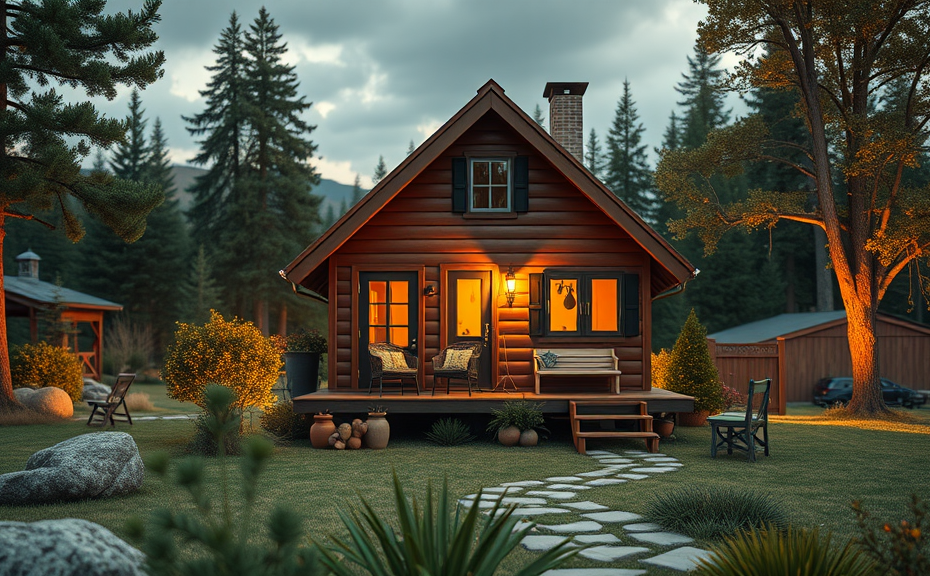The trend of living in small spaces is gaining momentum, giving rise to the concept of “tiny home nation.” Across the United States and beyond, many are choosing to downsize, simplifying their lives and minimizing their environmental footprint. This movement is rooted in the desire for freedom, affordability, and sustainability, appealing to a diverse crowd of individuals and families alike.
In tiny home nation, the design and construction of compact living spaces are at the forefront. Homeowners often embrace innovative layouts that maximize functionality while minimizing waste. These homes typically range from 100 to 400 square feet and can include lofted sleeping areas, multifunctional furniture, and energy-efficient appliances.
Impact on the environment is a significant factor driving the tiny home nation. By living in smaller spaces, individuals and families can reduce their energy consumption and reliance on resources. Many tiny homes are built using sustainable materials and often incorporate renewable energy sources, such as solar panels. This eco-friendly approach caters to the growing community of environmentally-conscious home buyers.
- Affordability: Tiny homes generally cost significantly less than traditional homes, making them an attractive option for those seeking financial freedom.
- Mobility: Many tiny homes are built on trailers, allowing residents to relocate easily and explore new areas.
- Community: Tiny home nation fosters a sense of community, with many advocates establishing tiny home villages, sharing resources, and building relationships with neighbors.
The allure of tiny home nation extends beyond just physical space; it embodies a lifestyle choice rooted in intentionality and minimalism. As more people explore this alternative living arrangement, the tiny home movement shows no sign of slowing down, evolving into a staple of modern society.
